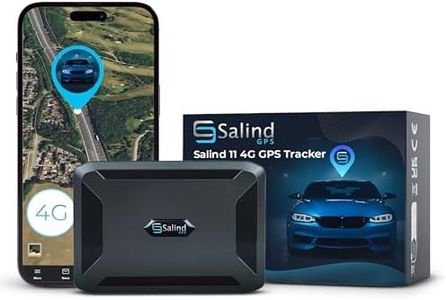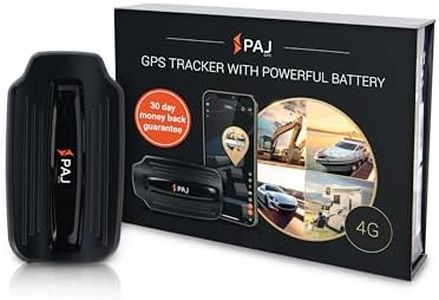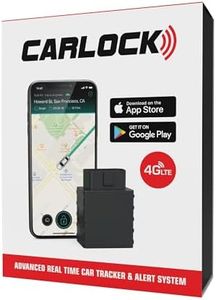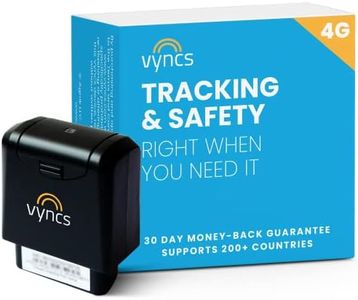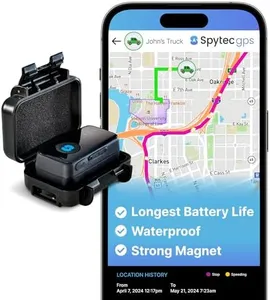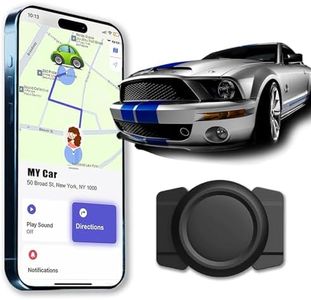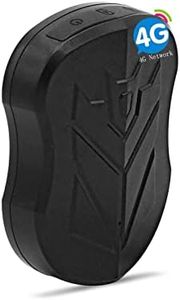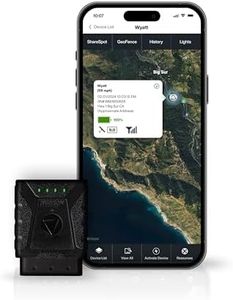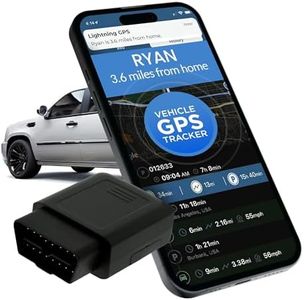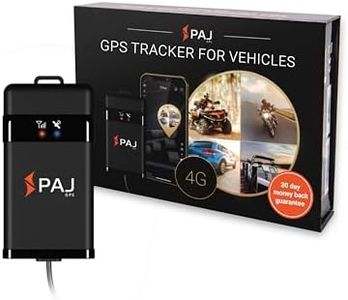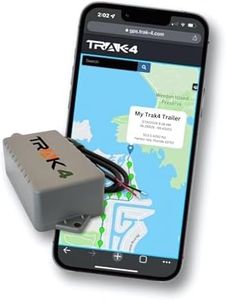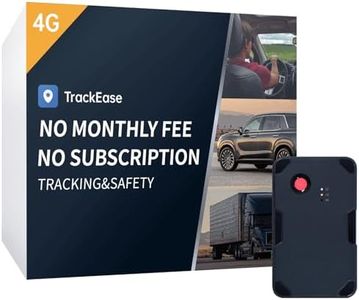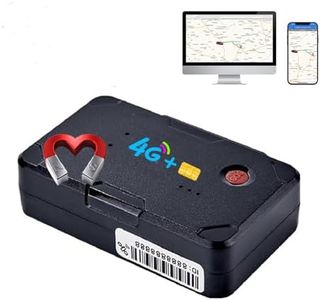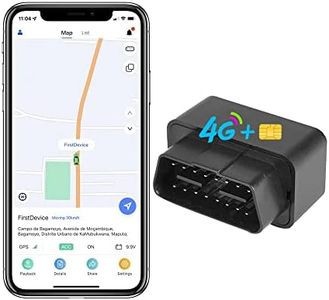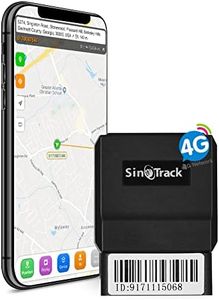We Use CookiesWe use cookies to enhance the security, performance,
functionality and for analytical and promotional activities. By continuing to browse this site you
are agreeing to our privacy policy
10 Best Car Tracking Devices
From leading brands and best sellers available on the web.Buying Guide for the Best Car Tracking Devices
When choosing a car tracking device, it’s important to consider your specific needs — whether that's keeping tabs on your vehicle’s location for security, monitoring driver behavior, or managing a fleet of cars. The right tracking device gives you peace of mind and access to valuable data, but with so many options available, understanding the main features can help you narrow down the choices and find the best fit for your situation.Type of Tracking Technology (GPS, Cellular, Radio Frequency)The core of any car tracking device is how it determines and communicates the vehicle's location. Most devices use GPS (Global Positioning System) to get accurate, real-time positioning, while some might rely on radio frequency for more covert tracking, or cellular networks to transmit location data. GPS is widely used and great for providing accurate, global coverage, but it requires a clear view of the sky and may not work as well in tunnels or underground. Radio frequency trackers are more specialized but useful for close-range recovery, while cellular-connected trackers can update you anytime your vehicle is within cell range. Consider your tracking goals: for everyday location updates, GPS with cellular communication is typically best; for anti-theft purposes, you may want a tracker with RF backup.
Power Source (Hardwired vs. Plug-in vs. Battery-powered)The power source determines how a tracker stays running in your vehicle. Hardwired units connect directly to your car’s electrical system, offering a permanent and tamper-resistant solution, while plug-in trackers fit into the car’s OBD-II port, making them easy to install and move between vehicles. Battery-powered trackers are versatile and can be hidden almost anywhere in the car, but require regular recharging. For always-on, maintenance-free tracking, hardwired solutions are preferred. Plug-in trackers are perfect for temporary or non-permanent installs, and battery-powered ones are best if you can’t or don't want to connect to the car’s systems.
Update Frequency (Real-Time vs. Interval Reporting)Update frequency refers to how often the tracking device sends its location to you or your monitoring platform. Real-time tracking means you can see your car’s movement as it happens, whereas interval reporting sends updates every few minutes, hourly, or even less often. Real-time tracking is crucial if you need instant location updates, such as tracking a stolen vehicle or monitoring young drivers. If you simply need a record of where your vehicle has been, interval updates are usually sufficient and might conserve battery or data usage.
Installation MethodHow the tracker is installed affects both convenience and security. Some devices are easy DIY installs and plug directly into a port, while others need to be wired in by a professional or attached magnetically. Easy-install models are great for personal use and those wanting to switch devices between cars, but may be easier to spot and remove. Professional installations are more hidden and tamper-resistant, ideal for security and theft recovery.
Data Access (Mobile App, Web Platform, SMS)This refers to how you view or receive the location information from your tracker. Most modern trackers connect to a mobile app or web dashboard for easy, interactive map viewing, while some basic models only send SMS messages with coordinates. If you want effortless, on-the-go tracking with the full features, go for a device with a good mobile app; SMS-only trackers may suit those who want simplicity or have limited internet access.
Additional Features (Geofencing, Alerts, Driving Reports)Many car trackers go beyond simple location updates, offering extras like geofencing (which alerts you when your vehicle enters or exits predefined areas), speed alerts, and driving behavior reports. If monitoring young drivers, tracking a fleet, or needing detailed activity reports matter to you, look for a device with these bonus features. For basic tracking or theft recovery, simple devices may be sufficient.
